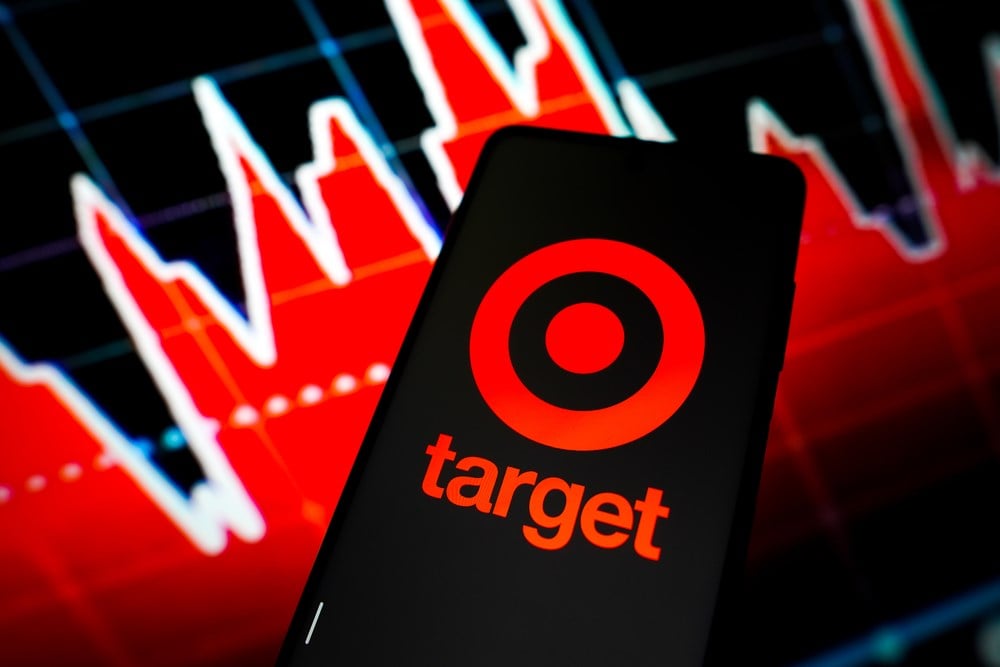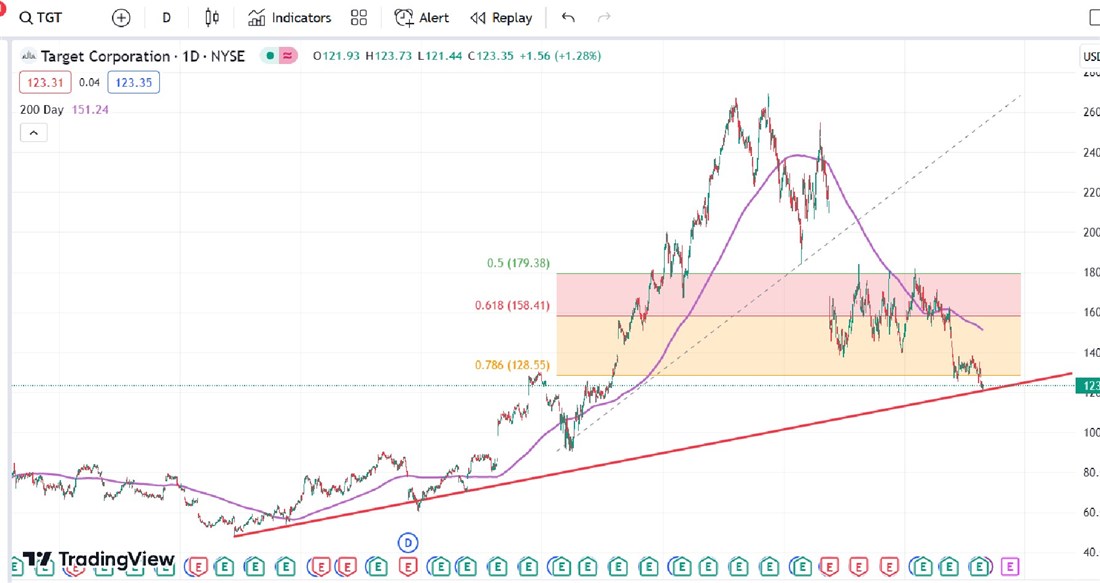 Financial markets evolve rapidly, almost by the week nowadays, giving investors a new list of indicators to watch out for to make better investment decisions. Some of these indicators are found in numbers. In contrast, others are in unconventional ways that will never be found in any finance college book.
Financial markets evolve rapidly, almost by the week nowadays, giving investors a new list of indicators to watch out for to make better investment decisions. Some of these indicators are found in numbers. In contrast, others are in unconventional ways that will never be found in any finance college book.
Whether on purpose or by accident, Target (NYSE: TGT) has found itself in the upper ranks of the 'TikTok' economy, where short-form content and other memes are focused around a critical basket of brands. Starbucks (NASDAQ: SBUX) is another one of these brands, where influencers bring a more profound brand recognition to an already famous brand.
Facing controversy and financial downturns, Target's stock has declined by as much as 55% from its all-time high price of $268.98 in 2021. Despite these issues, shopping at Target - and posting about it - still carries the same winds of social currency found in walking around with a Starbucks cup.
Investors can take advantage of these price dislocations to acquire the company at attractive prices; here are some reasons why this stock can be a winner in the coming months.
Bottoming Out
Looking at Target's stock chart, investors can uncover a story of a pending turnaround. The image below will show how the stock retraced past the Fibonacci 78.6% level, typically regarded as the ultimate bottom zone, giving technical analysts even more reason to turn their sentiment around.

Represented by the thick red line, there is also a robust uptrend being tested currently. Should the price reject this level as before, investors would have a relatively stable level where a potential purchase is called for. Luckily analysts are thinking right along the same lines.
Target analyst ratings land on a consensus price target of $159.66 a share, requiring the stock to rise by 29.6% from today's prices.
Wall Street analysts, being the diligent beings they are, probably took some of the financial developments in the company to come up with these valuations; here are some important ones.
Improving Fundamentals
Revenue slowed down by 4.3% during the past twelve months, according to the company's press release, however, a bit of context needs to be added to realize this is better than it seems.
Over the past five years, Target's average revenue growth has been 8%; the COVID-19 pandemic peak years of 2021 to 2022 boosted this growth to 19.8% and 13.3% for those respective years.
Today's contraction can be a part of a more significant economic slowdown and a return to the average normal growth. Target delivered a few surprises by focusing on what matters: bottom-line profits. Despite supply chain and inflation issues, gross margins grew significantly from 22.6% in 2022 to today's 28.2% rate.
Skipping economic theory, this is highly favorable for investors. Higher margin retention fed directly into net income, which not only grew by 356% during the year, but its margin also expanded to 3.4%, near the business cyclical high of roughly 4.5%.
There is one negative that investors should worry about, not for long however, and that is free cash flow. Computed as cash flow from operations minus capital expenditures, free cash flow gives investors a more direct view of a company's earning power.
While Target reported net income of $3.4 billion, free cash flow came in short at $1.6 billion; these two don't necessarily have to be equal, but a large gap is cause for concern.
Boiling down to the root, the gap is being driven by inventory, which has been an ongoing issue for retailers affected by disrupted supply chains.
Management's infographic states that inventory levels are down 17% from a year ago, with only 2.5% more to go until it is back to pre-pandemic levels. That is the only financial concern it seems, the rest is up to management to finish the job.
High-Growth Potential
Growth is a magnet for money; analysts see lots of it for the next twelve months. EPS projections are set to jump at a clip of 20.2%, above average in the industry.
But analysts are not the only ones seeing a brighter future for Target; management has bet some of its money on the name. 1.1 million shares were repurchased during the period, implying that insiders believe the stock is undervalued, promising some upside.
Expecting a better demand and supply environment shortly, management plans to invest $4 to $5 billion into opening new stores by the end of 2023. Some of this investment will also go towards remodeling current locations. This initiative has had a direct impact on customer growth.
Target recorded over 500 thousand new loyalty program members during this period, seems like being famous on social media platforms has its benefits. While this is all good and well, the stock will not move until markets realize this upside potential.
Investors can let markets take their time, as Target is the cheapest name in its sector today. Compared to names like Dollar Tree (NASDAQ: DLTR) and Dollar General (NYSE: DG), Target stock trades at a significant discount.
On a forward price-to-earnings ratio basis, which looks to value the next twelve months of expected earnings, Target is below the respective 17.5x and 14.5x multiples representing Dollar Tree and Dollar General. A 13.5x multiple makes Target an attractive purchase target, perhaps driving analyst targets as high as they are.







